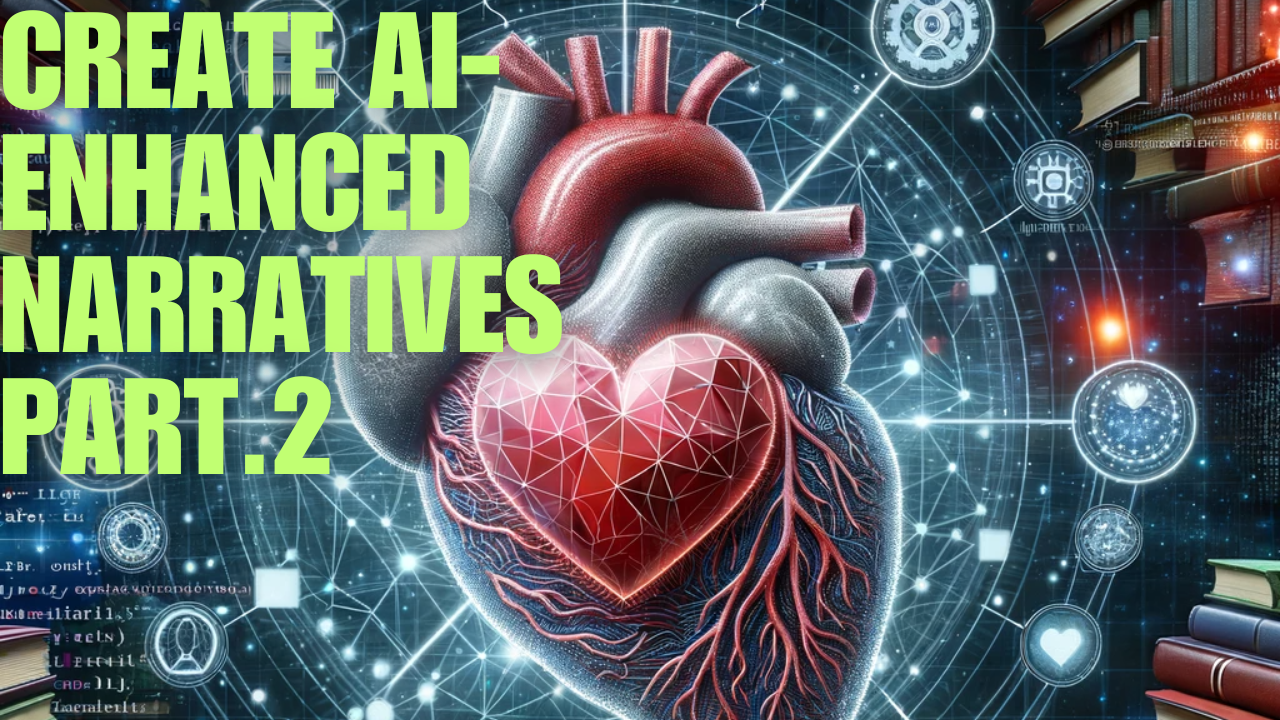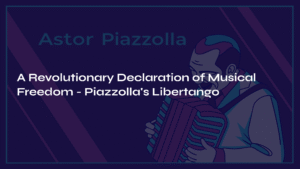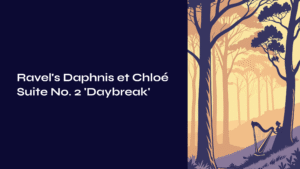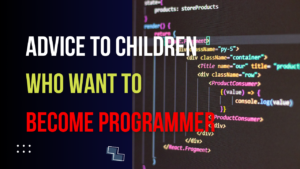Table of Contents
Introduction
As we venture further into the realm of AI and its juxtaposition with human creativity in the context of writing, it’s imperative to take a moment to reflect and build upon the insights gleaned from our previous discussion. In the first part of this exploration, titled “Create AI-Enhanced Narratives: Why Human Writers Remain Irreplaceable – Part 1”, we delved into the remarkable capabilities that AI brings to the table in the field of writing and SEO optimization. We navigated through the waters of language modeling, data processing, and the speed and efficiency that AI introduces to the creative process.
Now, as we transition into the second part of this narrative, our focus shifts towards understanding the limitations and ethical considerations that come into play with the integration of AI in writing. It’s a journey of uncovering the full spectrum, of not just celebrating the advancements but also acknowledging the hurdles and ethical quandaries that AI presents.
So, with a foundation of understanding laid in the preceding discussion, let’s venture forth into the unchartered territories of AI’s limitations in writing. The narrative continues, and as we delve deeper, the exploration promises to shed light on the nuanced dance between machine-driven efficiency and human-centric creativity.
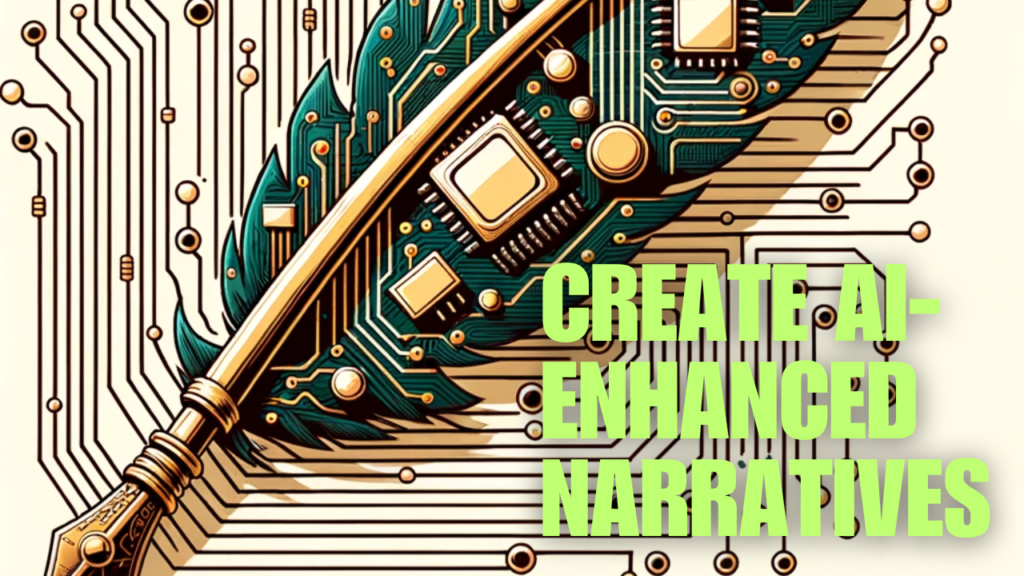
Create AI: Limitations of AI in Writing
Create AI: Lack of Human Touch
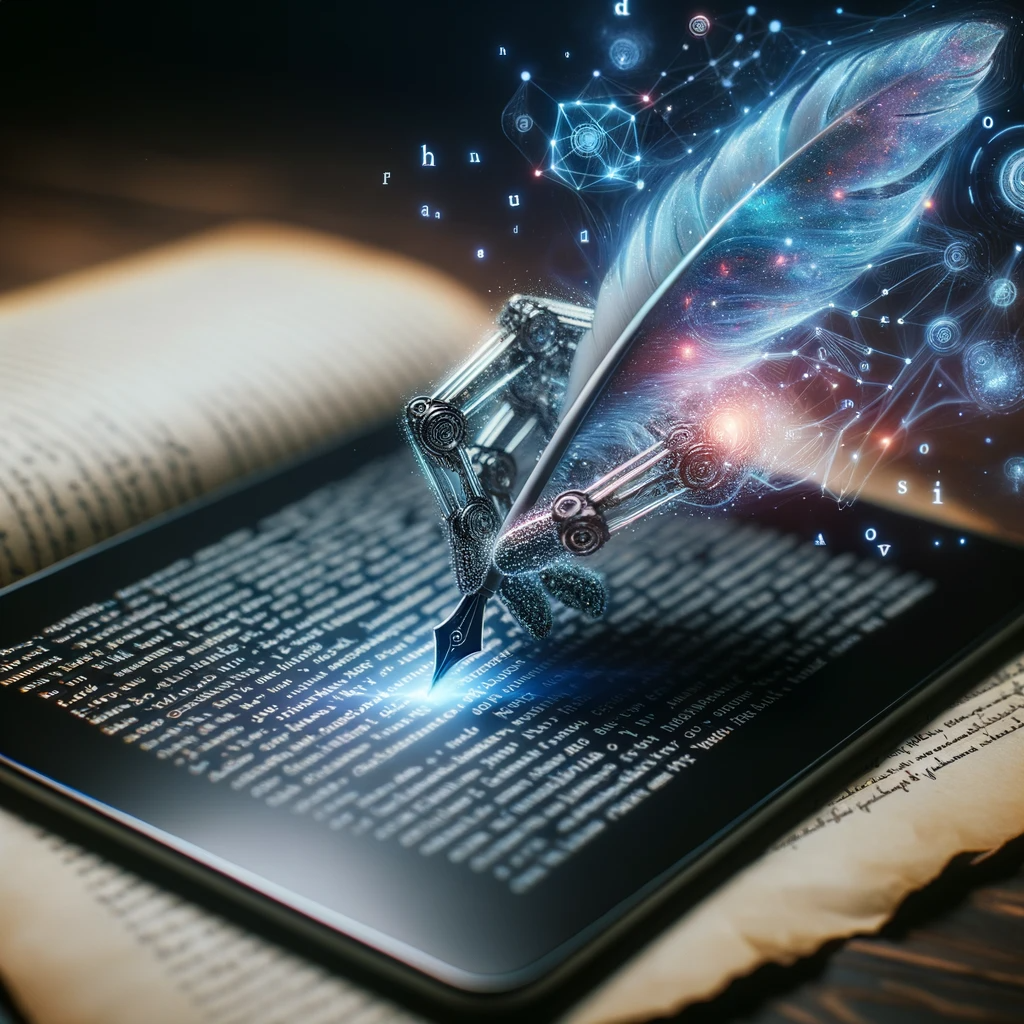
In the pursuit to create AI that can emulate human-like text generation, we often stumble upon a profound realization – there’s an intrinsic quality to human communication that remains elusive to machines. This quality, often referred to as the ‘human touch,’ is a blend of empathy, understanding, intuition, and experience, which is rooted in the very essence of our humanity.
The narrative spun by a human writer is often imbued with a rich tapestry of emotions and experiences, which resonates on a deeper level with the reader. It’s a reflection of our shared human experience, our struggles, our joys, our hopes, and our fears. When a writer pens down their thoughts, they are not just stringing words together; they are breathing life into a narrative, making it relatable, evoking emotions, and forging a connection that leaves a lasting imprint on the reader’s psyche.
On the other hand, despite the impressive strides made in the field to create AI that can generate coherent and contextually relevant text, the emotional intelligence and the nuanced understanding of human emotions remain beyond the grasp of AI. The text generated by AI, no matter how grammatically correct or contextually coherent, often lacks the warmth, empathy, and the subtle nuances that characterize human communication.
Moreover, the unique life experiences, cultural backgrounds, and personal insights that human writers bring to the table add a level of depth and richness to the narrative that is hard to replicate by machines. Each human writer has a unique voice, a distinct style shaped by their life experiences, which reflects in their writing, making it authentic and engaging.
Additionally, the creativity and the ability to think outside conventional boundaries is a hallmark of human writers. They can perceive the world in all its complexity, appreciate abstract concepts, and engage in imaginative thinking, which allows them to craft narratives that are not only engaging but also thought-provoking and inspiring.
Furthermore, human writers possess the ability to understand the impact of their words on the readers, enabling them to tailor their narrative to evoke specific emotions or provoke thought, an aspect of writing that is deeply human and complex to encode into machine algorithms.
As we continue our exploration into AI’s role in writing, the lack of human touch emerges as a significant limitation, underscoring the irreplaceable value of human writers in crafting narratives that are emotionally resonant and deeply human.
Create AI: Creativity

Creativity is often considered the hallmark of human intelligence. It’s a boundless realm where imagination, emotion, and intellect amalgamate to birth ideas that are original, profound, and at times, transformative. When we venture into the world of writing, creativity manifests as an exploration of thoughts and ideas, transmuted into words that have the power to captivate minds, stir emotions, and provoke thought.
The journey to create AI capable of mimicking human-like text generation has certainly unveiled a fascinating spectacle of machine capabilities. Modern AI, powered by sophisticated algorithms, can generate text that is grammatically accurate, contextually coherent, and even stylistically adaptable. However, when it comes to genuine creativity, the chasm between human writers and AI is glaring.
Human writers draw from a wellspring of life experiences, emotions, and a profound understanding of the human condition. Their creativity is nurtured by their interactions with the world, the people they meet, the experiences they undergo, and the myriad emotions they feel. Each narrative they craft is a reflection of this rich tapestry of experiences, colored by their personal insights, hopes, fears, and aspirations.
In contrast, AI operates within the confines of its programming and the data it has been fed. It lacks the ability to feel emotions, to live through experiences, to interact with the world in a meaningful way. Its “creativity” is essentially a rehashing of the information it has been trained on, constrained by the boundaries of its algorithms. While it can mimic the style of writing or generate text based on patterns observed in the data, it cannot venture into the realms of original thought, emotional depth, or nuanced understanding.
Moreover, the spontaneity and the serendipity that often characterize human creativity are beyond the reach of AI. The magical moment when an idea takes flight in a writer’s mind, the spark of inspiration that comes unbidden, the intuitive leap that leads to a novel insight – these are quintessentially human experiences that are integral to the creative process.
Furthermore, the ethical considerations, moral dilemmas, and the societal impact of ideas are aspects that human writers often grapple with during the creative process. Their ability to ponder upon the implications of their words, to engage in moral and ethical deliberation, adds a layer of depth to their creativity that is hard to emulate in machine algorithms.
As we delve deeper into the narrative of AI in writing, the aspect of creativity underscores the profound and irreplaceable value of human writers. It’s a reminder that while machines can assist us in many ways, the essence of creativity remains a distinctly human trait, one that enriches our narratives, our literature, and ultimately, our civilization.
Create AI: Ethical Concerns
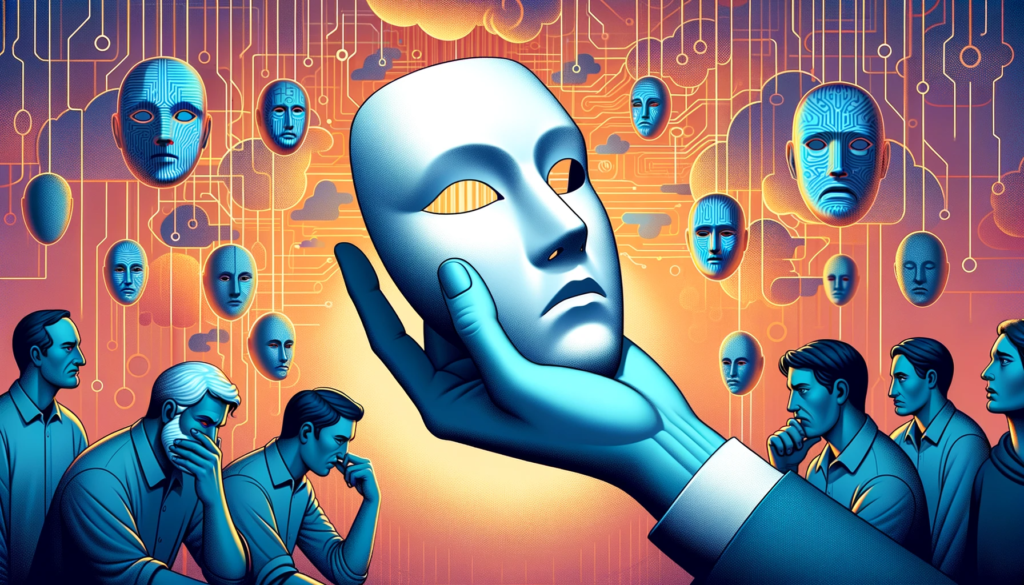
In the quest to create AI with capabilities that mimic human-like text generation, we inadvertently step into a complex maze of ethical concerns. These concerns are not mere theoretical ponderings, but have real-world implications that warrant a thoughtful and informed discussion.
One of the primary ethical concerns revolves around the potential misuse of AI for generating misleading or malicious content. The ease with which AI can churn out text makes it a potent tool in the hands of individuals or entities with nefarious intentions. Fake news, propaganda, and misinformation can be propagated at an alarming pace, muddying the waters of public discourse and endangering the fabric of society. The capability of AI to create deepfakes or generate convincing fake content can undermine trust, manipulate public opinion, and exacerbate social divides.
Moreover, the inherent biases present in the data on which AI is trained can perpetuate and even amplify existing prejudices and discriminatory practices. If the training data is skewed or reflects societal biases, the AI will likely mirror these biases in its output. This is particularly concerning when considering the potential of AI in writing narratives that shape public perception or inform decision-making.
Furthermore, the issue of accountability and transparency comes into sharp focus. In instances where AI-generated content causes harm or misleads the public, tracing accountability can be a murky endeavor. The lack of a human author, who can be held responsible for the content, creates a void in accountability that is hard to fill. Additionally, transparency about the origins of the content, whether it’s generated by a human or a machine, is crucial for readers to make informed judgments.
The ethical quandary extends to the realm of intellectual property and authorship. When AI generates content, who owns the rights to that content? Is it the creator of the AI, the operator, or perhaps the individuals whose data was used to train the AI? These are uncharted territories that challenge traditional notions of authorship and copyright.
Moreover, the potential of AI to replace human writers in certain domains raises ethical concerns about job displacement, devaluation of human creativity, and the erosion of the personal touch in written communication.
Also, the long-term impact of relying on AI for writing and content creation on human creativity and critical thinking is yet to be fully understood. There’s a fear that over-reliance on AI could stifle human creativity, reduce critical thinking, and create a culture of complacency.
As we venture further into integrating AI in writing and other creative domains, these ethical concerns necessitate a multi-faceted discussion involving policymakers, technologists, writers, and the wider public. Creating a framework that addresses the ethical implications, ensures transparency, and promotes responsible use of AI in writing is imperative to navigate the uncharted waters of AI ethics.
Create AI: Over-reliance on Data

The advent of Artificial Intelligence (AI) has heralded a data-driven era in many facets of our lives, including the domain of writing. The ability of AI to process and analyze vast amounts of data swiftly and efficiently is undeniably one of its strongest suits. It thrives on data, learning from it, and improving over time to provide better and more accurate outputs. However, this heavy reliance on data is not without its pitfalls, especially when it comes to the realm of creative writing.
One of the primary concerns stemming from this over-reliance on data is the potential stifling of creativity and originality. Writing is an inherently creative process, often sparked by inspiration, intuition, and a deep understanding of human emotion and experience. These elements can be difficult, if not impossible, to quantify and encapsulate within data points. When the generation of content becomes overly data-centric, there’s a risk of losing the human touch, the spontaneous spark of creativity that often leads to the most compelling and engaging narratives.
Furthermore, the quality and the diversity of the data greatly influence the output of AI. If the data is biased, incomplete, or skewed in any manner, the generated content will reflect these shortcomings. The saying “garbage in, garbage out” holds true in the case of AI writing as well. The AI can only be as good as the data it’s trained on. This poses a significant challenge, especially in a world where data can be tainted by biases, inaccuracies, or even malicious intent.
Moreover, the dynamic and ever-evolving nature of language and writing styles can be hard to capture solely through data. Language is a living, breathing entity, continually evolving with cultural shifts, societal changes, and the personal growth of individuals. The nuances, the subtleties, and the cultural richness embedded in language might be overlooked or misunderstood when the focus is solely on data-driven text generation.
In addition, the interpretation of data is still a human-driven process. The way data is collected, categorized, and interpreted can significantly impact the AI’s learning process and, consequently, the content it generates. This opens the door to a myriad of biases and inaccuracies, which can be hard to identify and rectify, especially given the often opaque nature of AI algorithms.
Lastly, an over-reliance on data can lead to a form of tunnel vision, where the generated content becomes overly formulaic or predictable. The beauty of human writing often lies in its unpredictability, the ability to surprise and captivate the reader with unexpected twists, fresh perspectives, and original insights. When the generation of content is driven solely by data, we risk losing this element of surprise, which is crucial for keeping the reader engaged and inspired.
As we continue to explore the collaboration between human writers and AI in the domain of writing, it’s imperative to strike a balanced approach. Embracing the strengths of AI in handling data while recognizing and preserving the invaluable human attributes of creativity, empathy, and understanding is crucial for forging a harmonious and productive collaboration.
Create AI: Embracing Collaboration
The narrative of AI in the realm of writing often toggles between awe-inspiring possibilities and worrisome limitations. However, amidst this discourse, emerges a perspective that could potentially redefine our interaction with AI — the perspective of collaboration. The proposition is to view AI not as a replacement for human writers but as a companion, a tool that can augment, amplify, and refine the human creative process.
The potential for such a collaboration is immense. AI, with its data-processing prowess, can sift through vast expanses of information, identifying patterns, trends, and insights that could be invaluable for writers. It can take on the heavy lifting of data analysis, leaving the human writer with more time and mental space to engage in creative, critical, and strategic thinking.
On the other hand, human writers bring to the table a depth of understanding, empathy, and a nuanced appreciation of the human experience that AI lacks. They can interpret the insights provided by AI within a broader socio-cultural context, infusing the raw data with meaning, relevance, and emotion.
Furthermore, the collaborative interaction between human writers and AI could lead to a symbiotic relationship where each complements the other’s strengths and mitigates the weaknesses. For instance, the feedback from human writers could help in fine-tuning the AI algorithms, making them more adept at understanding and processing human language and emotions. Concurrently, the insights derived from AI could spark new ideas, stimulate creative thought, and provide a rich fodder for human creativity.
Additionally, this collaborative approach could extend beyond the individual level to a communal or societal level. The collective intelligence of a community of writers, when coupled with advanced AI tools, could lead to the creation of narratives that are not only engaging and insightful but also reflective of a diverse range of perspectives and experiences.
Moreover, embracing collaboration could also address some of the ethical concerns associated with AI in writing. A collaborative framework could promote transparency, accountability, and ethical usage of AI, fostering a culture of responsible AI utilization.
The idea of fostering a collaborative ethos also extends to the development of AI technology itself. Engaging writers, linguists, ethicists, and the wider public in the process of developing AI writing tools can lead to more inclusive, ethical, and human-centric AI technologies.
As we contemplate the future of writing in the AI era, the notion of embracing collaboration offers a promising pathway. It’s an invitation to explore unchartered territories where the creative spirit of humanity and the computational prowess of machines converge, leading to the emergence of narratives that are enriched by the confluence of man and machine.
Conclusion
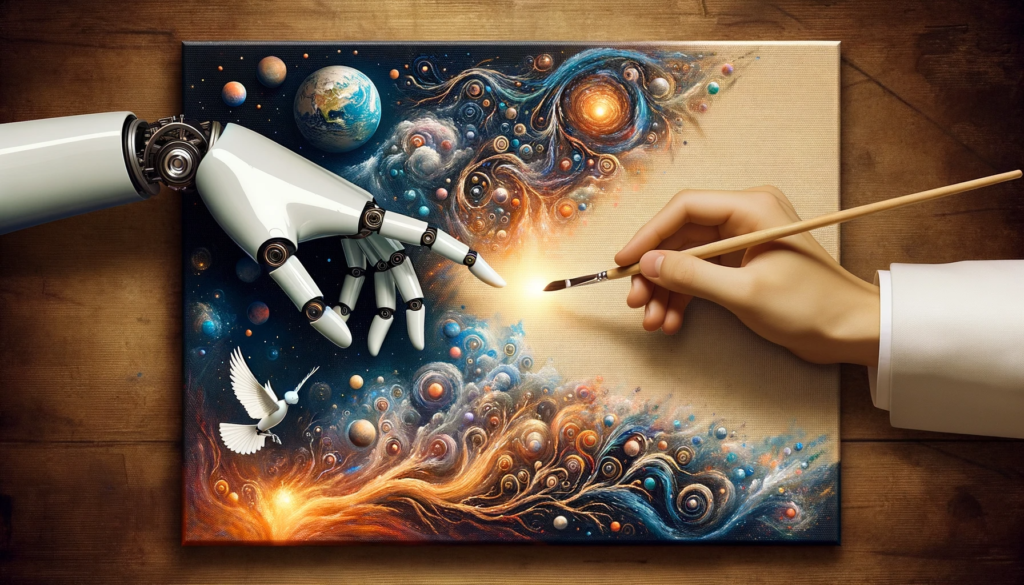
As we find ourselves at the cusp of a new era where the realms of Artificial Intelligence and human creativity converge, the journey ahead beckons with promises of discovery, enhancement, and a deeper understanding of both machine and human potential. The discourse around AI in writing unfolds a myriad of perspectives, each echoing the sentiments of awe, concern, and curiosity. The endeavor to harness the power of AI while preserving the irreplaceable essence of human creativity is akin to navigating through uncharted yet exhilarating terrains.
The narrative of our exploration into AI-enhanced writing unfolds a compelling tale of potential and caution. On one hand, we have the remarkable capabilities of AI that offer a glimpse into a future where the tedious and time-consuming aspects of writing and data analysis can be streamlined, leaving writers with more time to delve into the heart of storytelling. On the other hand, we stumble upon the limitations and ethical quandaries that serve as sobering reminders of the challenges that lie ahead.
Our exploration underscores the indispensable value of human touch in writing, a quality that breathes life into words, transforming them into narratives that resonate on a profound level with readers. It’s a reminder of the magical alchemy of human creativity that intertwines emotion, empathy, and experience to create narratives that not only inform but also inspire, provoke thought, and stir the soul.
The ethical concerns surrounding AI in writing are not to be taken lightly. They prompt a deeper examination of the implications of merging machine efficiency with human creativity. The discourse extends beyond the technical realm into the societal, moral, and philosophical domain, nudging us to ponder upon the kind of future we wish to create.
The idea of embracing collaboration emerges as a beacon of hope amidst the swirling storm of uncertainties. It’s a proposition that invites us to view AI as a companion rather than a competitor, a tool that can augment our creative capabilities rather than replace them. The confluence of human and machine intelligence holds the promise of birthing narratives that are enriched by the best of both worlds.
As we stand at the crossroads, the path of fostering a harmonious collaboration between human writers and AI shines with promise. It beckons us to venture forth with a spirit of curiosity, openness, and a willingness to explore the synergies that could potentially redefine the landscape of writing in the digital age.
The dialogue between man and machine in the realm of writing is just beginning, and as it unfolds, it promises to be a journey of discovery, learning, and growth. It’s an exciting prospect that holds the key to unlocking new horizons in the realm of storytelling, ushering in a future where the pen and the algorithm coalesce to create narratives that are compelling, engaging, and profoundly human.
